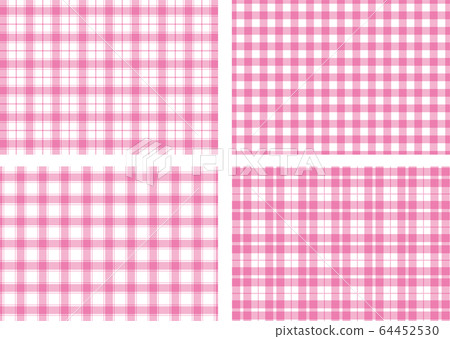
INKY DEALS DIGITAL PLAID PAPER TV
For now, the largest LED TV we’ve ever seen was Samsung’s 110-inch limited availability UHD TV from 2013.įor now, microLED displays are only for those with a lot of discretionary spending money. The limitation on Mini-LED isn’t the LEDs themselves - there’s no limit to how many can be used at once - but with the LCD matrix panels that they illuminate. Which is to say, they can be made bigger than the biggest OLED TVs, but still nowhere near the wall-sized possibilities that exist with microLED. Mini-LED TVs are constrained by the same size limitations as traditional LED displays. With the ability to scale up simply by adding more microLED panels, it’s an incredibly versatile system. Sony’s CrystalLED (its name for microLED) has been configured as large as 17 feet in size, with a monster 16K resolution to match. SizeĪs we explained earlier, there’s no real limit to how big a microLED TV can get. Now we’ll match the two technologies against each other in multiple categories to get a better idea about where each excels. Much like microLED, there are a few different players working with mini-LED tech, but for now, only TCL makes mini-LED TVs you can buy. When combined with the improved brightness and color made possible by quantum dots, Mini-LED displays could be the technology that finally puts QLED TVs on par with (or even better than) OLED for overall picture quality. If the LEDs are small enough, then, in theory, you could create an LED TV with the same gorgeous black levels as microLED or OLED. With a larger collection of smaller LEDs, Mini-LED displays can exert greater control over local dimming - the ability to make portions of the screen completely black. The reason for this approach is once again to find the holy grail of better contrast, better brightness, and better black levels. Mini-LED bumps this up to thousands by drastically shrinking the size of the individual LEDs. A conventional LED TV might use a few dozen, or perhaps a few hundred LEDs to power its backlight. Where Mini-LED departs from this model is in the number and size of those LED backlights. A Mini-LED display uses the same formula as these other TVs - an LED backlight provides the primary source of brightness which then passes through an LCD matrix and a set of color filters to give us the final on-screen image. Mini-LED displays belong to the LED TV family, which includes regular LED TVs and QLED TVs. Several companies, including LG, Sony, and Samsung are working on microLED displays, but so far, only Samsung and Sony are selling them.

For now, OLED’s maximum size is 88-inches.
How much brighter is it? OLED panels can currently achieve a peak brightness of around 1,000 nits (the base unit display experts use to measure brightness), but microLEDs can potentially produce up to 5,000 nits.Ī microLED panel can also be combined with other microLED panels - with no real limits on how many are connected - to create a display that is measured in feet, not inches, and with a resolution that goes all the way up to 16K and beyond.

When a pixel isn’t in use, it emits no light at all, which in turn gives you that sense of inky blackness.īut microLED displays have two big advantages over OLED: Because LEDs can get much brighter than OLEDs, that perfect black level is accompanied by impressive brightness, to create an overall contrast ratio that is currently unbeatable by any other technology. The biggest benefit of any emissive display is that it can achieve a perfect black level. MicroLED is an emissive display technology that works similarly to OLED (Organic Light Emitting Diode) displays, in that each one of its pixels lights up on its own, without the need of a separate backlight. Though they look similar, the terms refer to very different kinds of displays, so let’s get right into what they are, how they’re different from each other, and how they could both play a role in your next TV purchase.


 0 kommentar(er)
0 kommentar(er)
